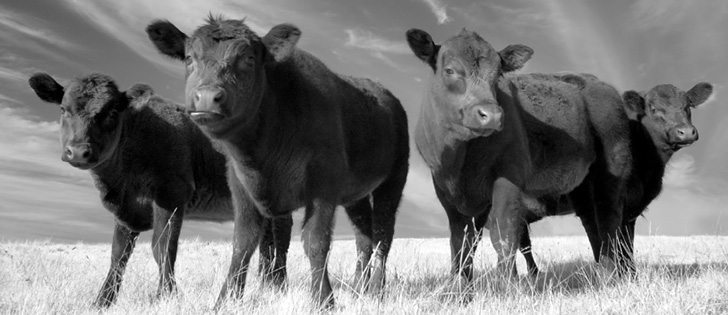It is the ultimate in processed food.
Last week, amid international media fanfare, scientists cooked the first “cultured meat” grown entirely in petri dishes and formed into a single patty.
Using stem cells from a cow as the basis and fetal calf serum as the growth medium, they grew 20,000 strips of muscle tissue that, when shaped and fried, tasted something like beef, according to reports.
It’s an amazing technological feat.
The chief scientist behind it, Mark Post of Maastricht University in the Netherlands, predicts that the protein product — dubbed ‘frankenburger’ and ‘schmeat’ in various circles — could be mass produced and available on store shelves within 10 to 12 years.
Read Also

Farmer ownership cannot be seen as a guarantee for success
It’s a powerful movement when people band together to form co-ops and credit unions, but member ownership is no guarantee of success.
The development has been heralded as a potentially cheaper way to provide protein to the hungry, reduce greenhouse gas production, slow climate change, improve animal welfare and reduce deforestation.
That’s a lot to hang on one invention.
The first patty cost an estimated $340,000 to produce and the economics of mass production have yet to be determined, assuming people overcome the “ick” factor and accept the product en masse.
If it does eventually reduce cattle numbers, that will also mean less methane production, though it was disappointing to see news reports trotting out the long-debunked statistic that livestock produce 18 percent of greenhouse gases. The figure is closer to three percent, so expectations vis a vis climate change should be similarly reduced.
As for welfare improvements, those opposed to animal agriculture see cultured meat as a replacement for beef, therefore cattle, therefore pigs, therefore chicken and other meat animals as the technology is developed. No animals, no harvest of animals.
A more reasonable basis for the invention’s potential impact on animal welfare is that it could reduce pressure to produce meat quickly, allowing more time for animal care.
On the deforestation front, Post estimated that lab meat could reduce the need for land and water by 90 percent, though a full analysis of environmental impact is still in progress.
These impressive figures are presumably based on full-scale replacement of livestock with cultured meat. That seems unlikely, although the prospect of more available land and water is truly tantalizing.
Applause for the scientific achievement of lab-produced meat is appropriate. It is also cause to consider how animal agriculture and its spinoffs are embedded in almost every sinew of the farming body.
Grazing, rangeland health, soil fertility, haying, feed grain production, feedlot operations, feed mills, meat processing, livestock transport, cattle auctions, farm equipment sales, commodity markets — even a cursory list shows the importance of meat production to agriculture’s big picture.
It’s hard to imagine a world without it. Just as hard, in fact, as it is to imagine a world without hamburgers, pork ribs, chicken wings and lamb chops.
Soy-based tofu was once heralded as a suitable protein substitute for those who eschew meat. So was quorn, a faux meat protein derived from fungus. Neither has caught on in a big way. It’s possible a product that really is meat, instead of a substitute, will gain more fans.
Paradoxically, those who cheered loudest for the arrival of cultured meat last week are largely the same folks who embrace all things “natural” involving food. Cow versus petri dish: you do the scoring.
We have to wonder whether this latest development will increase the collective consumer ambivalence about food. It shows up in myriad ways.
Case in point, a story about the cultured meat breakthrough, which ran in at least one major newspaper, said the original stem cells came from “organic cows.”
We know of no other kind.















